North Carolina Booster Seat Law is an important law that helps to ensure the safety of children in motor vehicles. The law, which was passed in 1999, requires that children under the age of 8 be properly restrained in a booster seat when traveling in a motor vehicle. This law is a great example of how the state of North Carolina is committed to the safety of all its citizens, especially its youngest ones.
Overview of North Carolina Booster Seat Law
North Carolina Booster Seat Law, also known as the North Carolina Child Passenger Safety Law, is a law that requires all children under the age of 8 to be properly secured in a booster seat when traveling in a motor vehicle.
The law was enacted in December 2011 and is meant to ensure the safety of children while traveling in a motor vehicle. The law states that children under the age of 8 must be properly secured in a booster seat that meets the federal safety standards as outlined in the Federal Motor Vehicle Safety Standard (FMVSS) 213.
The booster seat must be properly used and installed in the vehicle. The law also requires that children under the age of 8 who weigh between 40 and 80 pounds be placed in a booster seat that is used with both the vehicle’s lap and shoulder belt. This law is designed to keep children safe and prevent serious injury in the event of a crash.
Age Requirements
The North Carolina Booster Seat Law requires that children under the age of 8 and less than 80 pounds be secured in a child safety seat or booster seat while riding in a vehicle. This law applies to both the driver and passengers.
The age requirement for a booster seat is determined by the child’s weight and height, and the type of vehicle they are riding in. For children under 8 years old, a belt-positioning booster seat is recommended.
This type of booster seat helps to properly position the shoulder and lap belts across the child’s chest and hips to ensure a secure fit. The child must be able to sit upright in the booster seat and have their back and head fully supported.
For children who are 8 years old or older and between 80 and 100 pounds, a lap and shoulder belt must be used without a booster seat.
For any child over the age of 8 or over 100 pounds, the lap and shoulder belt must fit snugly and the lap belt must fit low and snug across the child’s hips. All children must ride in the rear seat, if available. The North Carolina Booster Seat Law strives to ensure the safety of children while riding in a vehicle.
Height & Weight Requirements
North Carolina’s booster seat law requires children to use an approved belt-positioning booster seat in the car until they reach one of two milestones: either reaching a minimum height of 4’9″, or a maximum weight of 80 pounds.
This law is designed to protect children who are too small for standard car seat belts, as a standard seat belt may not fit properly and can cause serious injury in a crash. All children over the age of 8 are exempt from the law, and children under 8 may be exempt if they are taller than 4’9″ or weigh more than 80 pounds.
Those who do not meet these requirements must use a booster seat until they reach the age of 8 or until they reach the height and weight requirements. It is important to use a booster seat that is the correct size for the child, and the seat must be used in accordance with the manufacturer’s instructions.
Booster seats can help reduce injuries and even save lives in the event of a crash, and it is essential that parents follow the law and make sure their children are properly restrained.
Types of Booster Seats
The North Carolina Booster Seat Law requires that all children aged 8 and under and measuring less than 4 feet, 9 inches must be secured in a booster seat while riding in a vehicle.
The law does not specify which type of booster seat should be used, but there are several types available to choose from. The three main types of booster seats are high-back, backless, and combination.
High-back booster seats provide head and neck support for children who have outgrown their car seat but are not yet mature enough for an adult seat belt.
Backless booster seats raise the child up so the adult seat belt fits the child properly. Combination booster seats are a combination of both high-back and backless booster seats and can be converted from one type to the other as the child grows.
All booster seats must meet the Federal Motor Vehicle Safety Standard 213 and should be used according to the manufacturer’s instructions. It is important to make sure the booster seat is appropriate for the child’s age, weight, and height.
Penalties for Violations
North Carolina Booster Seat Law requires that children who are younger than 8 years of age and those weighing less than 80 pounds must ride in a booster seat or other appropriate child restraint device. Violators of this law may be subject to a number of penalties.
First, a driver may be fined up to $25 for a first offense and up to $50 for a second or subsequent violation. Additionally, any driver found guilty of violating the law may have two points added to their license.
Furthermore, the North Carolina Department of Motor Vehicles may require a driver to attend a special course to increase their understanding of booster seat safety.
Finally, a court may suspend a driver’s license for a period of up to 30 days for a second or subsequent violation. It is important to note that the penalties for violating the North Carolina Booster Seat Law may be more severe if a child is injured or killed.
Additional Safety Tips
In addition to adhering to the North Carolina booster seat law, there are additional safety tips that you should keep in mind while driving with your children. Firstly, it is important to make sure that the booster seat you are using is in good condition.
Check for any loose or broken parts, frayed straps, or any other signs of wear and tear. Secondly, it is important to make sure that the booster seat is properly installed in your vehicle. Read the instructions that came with your booster seat and make sure it is installed correctly.
Lastly, make sure that your child is properly secured in the seat. Straps should be snug and not loose, and the lap belt should be positioned across the child’s upper thighs and not across their stomach. Following these tips can help ensure that your child is properly secured and safe while traveling.
Conclusion
North Carolina’s booster seat law can be credited with helping to keep children safe while riding in cars. This law is important for parents to be aware of, as it can help to keep their children safe and secure while in the car.
Not only does this law ensure that children are properly secured in their car seats, but it also helps to reduce the chances of serious injury or death in the event of a car accident. By being aware of this law, parents can help protect their children and ensure that they are as safe as possible while traveling on the roads.
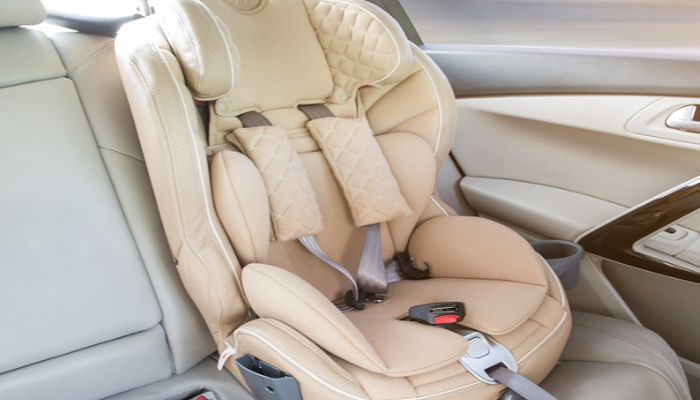
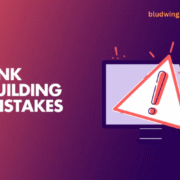



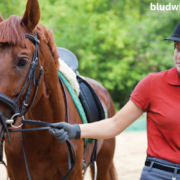

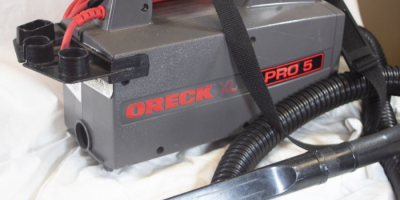
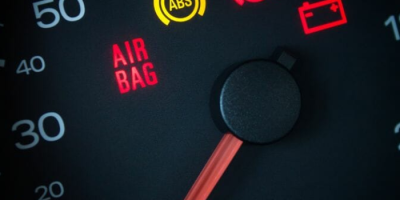
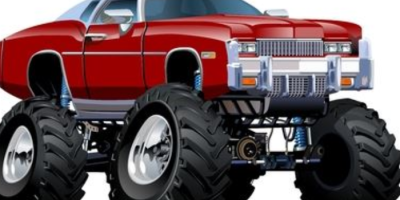


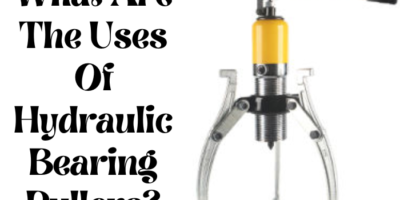

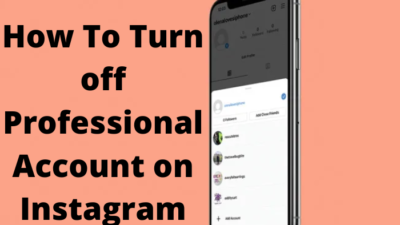

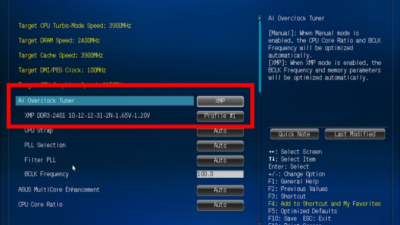

Comments